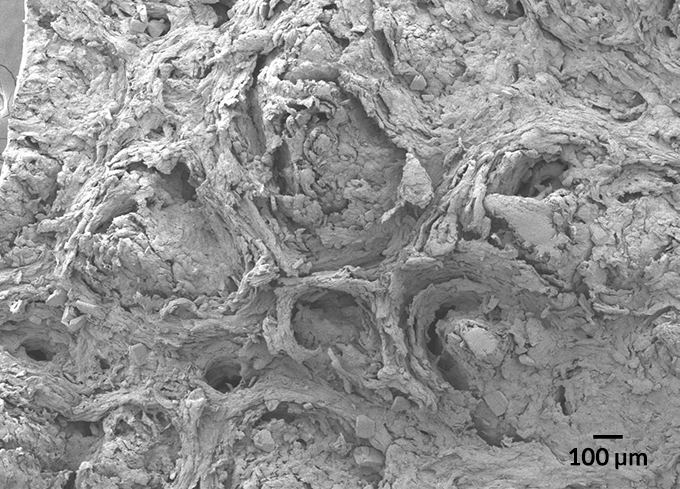Tiny “fingers” can help polar bears get a grip.
Super-small structures on the bears’ paw pads offer extra friction. They work sort of like the rubbery nubs on the bottom of baby socks. That extra grip could keep polar bears from slipping on snow, says Ali Dhinojwala. His team shared the finding November 1 in the Journal of the Royal Society Interface.
Explainer: What is friction?
Dhinojwala is a polymer scientist at the University of Akron in Ohio. He also has studied what makes gecko feet sticky. That gecko work intrigued Nathaniel Orndorf. He’s a materials scientist at Akron who studies friction and ice. But “we can’t really put geckos on the ice,” Orndorf says. So he and Dhinojwala turned to polar bears.
Austin Garner joined their research team. He is an animal biologist who now works at Syracuse University in New York. The group compared paws of polar bears, brown bears, American black bears and a sun bear. All but the sun bear had bumps on their paw pads. But those on the polar bears looked a bit different. Their bumps tend to be taller.
The team used a 3-D printer to make models of the bumps. Then they tested these on lab-made snow. Taller bumps seem to give more traction, those tests showed. Until now, scientists didn’t know that bump shape would make the difference between gripping and slipping, Dhinojwala says.

The paw pads of polar bears are smaller than those of other bears. And they’re surrounded by fur. These adaptations might let the Arctic animals save body heat as they walk on ice. Smaller pads give them less real estate for grabbing the ground. So making the pads extra grippy might help polar bears make the most of what they’ve got, Orndorf says.
The team hopes to study more than just bumpy pads. They want to test whether polar bears’ fuzzy paws and short claws might boost their nonslip grip.

